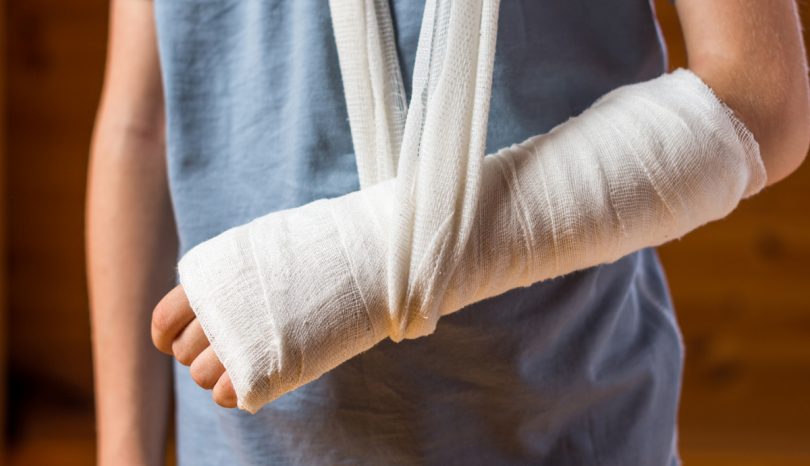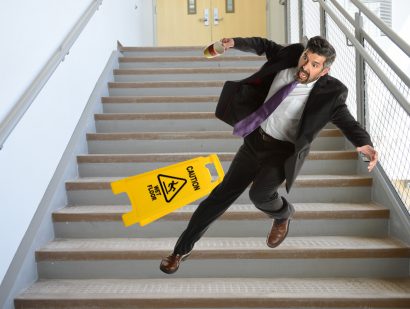- Find A Medical Provider
- Auto Injuries
- Common Injuries
- Medical/Pharmaceutical
- Types of Medical Injuries
- Malpractice Injuries
- Drug and Medical Device Injuries
- Drugs and Devices Linked to Cancer
- Opioid Addiction
- Drugs and Devices Known to Cause Injury
- 3M Combat Arms Earplugs – Hearing Loss
- Accutane
- Aciphex
- Actonel
- Actos
- Adderall and Ritalin
- Advair
- Aldara (Imiquimod)
- Alli
- Ambien
- Amiodarone
- Anzemet
- Aptivus
- Aranesp
- Arava
- Atorvastatin
- Avandia
- Benicar
- Birth Control Medication
- Blood Thinners
- Essure
- Fosamax (Alendronate Sodium)
- Gadolinium-Based MRI Contrast Agents
- Granuflo
- Hernia or Surgical Mesh Injuries
- Hydroxycut
- Inferior Vena Cava Filters
- Invokana Toe and Foot Amputations
- Ketek
- Levaquin
- Lipitor
- Mirapex
- Neurontin
- Onglyza
- Over-the-Counter Medications
- OxyContin
- Paxil
- Power Morcellators
- Pradaxa
- Propecia
- Reglan
- Talc Powder
- Trasylol
- Valsartan
- Viagra
- Xolair
- Zelnorm
- Zoloft
- Work Injuries
- Sports Injuries
- Marketing Services
- Blog
List your practice on InjuredCare | Log in / Sign up
Broken Bones

Broken bones, also referred to as fractures, happen when more pressure is placed on bones than they can stand. When repeated and/or prolonged pressure is placed on a bone, a hairline crack, called a stress fracture, occurs. A broken bone that punctures the skin is called an open or compound fracture. All broken bones require medical attention.
Causes
Bone fractures typically are caused by physical injury or trauma. A motor vehicle or sporting accident, a fall or overuse caused by running or other physical activity can cause stress fractures to feet, ankles and hips. Illnesses such as osteoporosis can make bones weaker and more susceptible to breaks as well.
Symptoms
Common symptoms of a broken bone are:
- a limb or joint that is visibly out of place;
- swelling, bruising or bleeding;
- intense pain;
- numbness and tingling;
- broken skin with protruding bone;
- limited mobility or inability to move a limb.
Diagnosing Broken Bones
Someone who has broken a bone usually knows they have done so right away. Sometimes the sound of the bone cracking can be heard. The affected joint might be out of place or deformed. In the case of a compound fracture, the bone will have punctured the skin and will be visible.
A physician will take an X-ray of the area to confirm that a bone has been broken. This tool is not as useful in the case of a stress fracture because a stress fracture is not always visible by X-ray.
Treatment
All broken bones require medical attention and are treated by using an internal or external device to hold the fractured bone in the proper position while it heals. For less-severe breaks, plaster and fiberglass casts, splints, and cast-braces are used to hold bones in place. In more-severe breaks, doctors use internal devices such as metal plates, pins and screws to hold bones together during the healing process.
The length of time a broken bone takes to heal depends on the severity of the injury, but most heal within several months.
According to the National Institutes of Health, a person should call 911 (emergency assistance) under the following circumstances:
- The bone is broken because of a major injury or trauma.
- There is a suspected broken bone in the head, neck or back.
- There is a suspected broken bone in the hip, pelvis or upper leg.
- You cannot completely immobilize the injury at the scene by yourself.
- There is severe bleeding.
- An area below the injured joint is pale, cold, clammy or blue.
- There is a bone projecting through the skin.
In such cases, while awaiting medical assistance, attempt to stop any bleeding by applying pressure to the wound with a sterile bandage or clean cloth. Try to immobilize the broken bone with a splint or sling, but do not attempt to realign the bone. Reduce pain and swelling with ice packs and try to prevent shock by laying the person flat and elevating his or her feet approximately 12 inches above the head. Cover the person with a blanket. If an injury to the head, neck or back is suspected, it is critical that the person is not moved.
Source Information
American Academy of Orthopaedic Surgeons. "Fractures (Broken Bones)" (accessed Aug. 17, 2017).
Mayo Foundation for Medical Education and Research. "Fractures (broken bones): First aid." (accessed Aug. 17, 2017).
MedlinePlus. "Broken bone." National Library of Medicine and National Institutes of Health (accessed Aug. 17, 2017)









